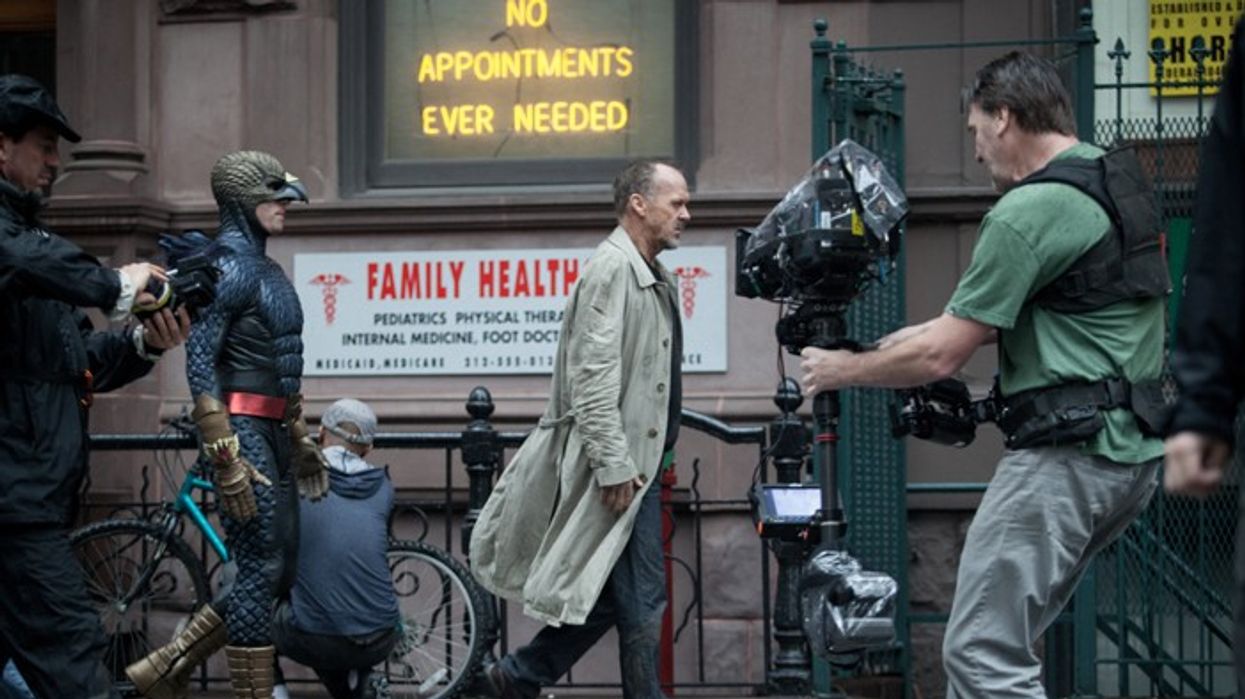How Steadicam Tells A Story Visually
When used correctly, a Steadicam can immerse your viewers in your story. Here's how to do it.

The Steadicam gives filmmakers one of the smoothest methods to shoot with movement. But it isn’t just about putting the rig on, mounting the camera, and getting cool shots, it's about allowing the Steadicam to tell your stories visually.
Using a Steadicam offers filmmakers a compelling way to help with the overall story. In many cases, it puts the viewer right in the scene with the characters, seeing and feeling what's happening alongside those on screen. Films such as Goodfellas, The Shining, Atonement, Dunkirk, and many others helped pioneer techniques and push the envelope of super-smooth filming.
Check out this video from Cooke Optics, which gives tips and examples on using a Steadicam properly to help visually tell a story:
One important point that Peter Robertson, ACO, SOC (Atonement), explains, is that being a Steadicam operator means being an "arbiter of taste." He says, "Don't just put it on and [swing] it around to create false interest." The operator, working with the director and cinematographer, helps to create the scene or sequence, which helps draw the viewers in. But it must help visually move the story forward.
Here are some things to consider.
Don't use Steadicam for the sake of it
Trying to get a 'cool shot' that won't make the scene any more interesting than it already is not wise. Those "indulgent trophy shots" may even take the audience out of the story, so if the scripted scene should call for a Steadicam, great. If not, don't force it.
Use it to set the stage
There is always something going on in the scene while the Steadicam operator moves about, and not just the actors being followed...sometimes it's important exposition or character information. In Martin Scorsese's Goodfellas, the camera follows Henry (Ray Liotta) and Karen (Lorraine Bracco) as they skip the line and enter into a nightclub through the kitchen. All around them, the wait and kitchen staff work and acknowledge Henry, who also tips the right people. The tone is set: Henry has money, power, and fame, and is willing to use it.
Use it subliminally
Many times, the most successful shots are the ones that the audience doesn't even realize a Steadicam was used for. The viewers stay focused on the story, not realizing it's an elaborate shot.
Wrap up
A Steadicam can help visually tell a story, and keep the audience captivated. Plan the Steadicam shots for the beginning of a shoot, and ensure it's well-organized and rehearsed properly. We've already seen what it can do in movies like The Shining, Magnolia, and Birdman. The arm can be used for movement even if the operator isn't walking. You can even mount a Steadicam to a dolly or crane to help smooth things out even more. This allows the operator to focus completely on the shot, and not just moving with the rig. When it comes to getting creative shots, Steadicams are a great tool.
What are some of your favorite Steadicam techniques or shots? Rattle off in the comments below.
Source: CookeOpticsTV

 No Film School's coverage of
No Film School's coverage of 









